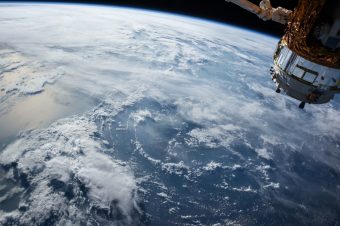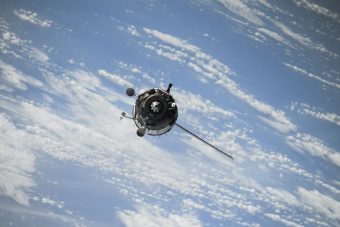
Satellites often inspire me to write about them. Perhaps the reason for the inspiration is that they seem like a long-established concept, that they have always been here and that there is nothing unusual about them. However, how much do we know about their capabilities? It is clear that they orbit our planet, record it and provide us with photos, Google maps and more, but what other benefits do they offer?
I have already written about solar satellites and research on how they can produce solar energy in space and send it to our planet, even 50 per cent more efficiently than solar power plants on Earth. Recently, Google and the Environmental Defense Fund launched a satellite called MethaneSAT, which I also wrote about earlier. To remind you, this satellite’s mission is to locate and measure emissions from oil and gas operations around the planet in a significantly more advanced way than existing satellites have done so far. This technology also offers weather monitoring, which is especially important in light of climate change because it enables early warnings of weather problems.
The World Economic Forum published a report on how Earth observation (EO) can significantly contribute to economic and environmental development. EO normally contains data about the Earth, which is collected through satellites and sensors.
Speaking of economics, some predictions are that by 2030, the economic opportunity provided by Earth observation insights will exceed 700 billion dollars. On the other hand, EO provides information that can reduce greenhouse gas emissions by more than two gigatons per year – expressed in carbon dioxide equivalent. The potential is even more significant if we consider that this number is calculated based on the five leading EO applications that directly impact these emissions, but many can indirectly affect the reduction.

Economic and environmental conditions are not mutually exclusive. On the contrary! As a simple example, we can mention the monitoring of weather events. From an environmental point of view, long-term monitoring allows scientists and the public to become better acquainted with climate change around the world, thus developing awareness of this problem and finding solutions to it, depending on the changes from region to region. At the same time, early warnings of climate and natural disasters can reduce economic damage but, more importantly, save human lives.
In terms of ecology, EO will show its potential, especially from 2024 to 2030. Here, we can mention the increasingly stricter measures in the fight against emissions and the much-talked-about Cross-Border Carbon Adjustment Mechanism – CBAM. Namely, this mechanism entails reporting on emissions and other measures that require emissions reduction. Satellites and artificial intelligence are making it easier to trace the source of these emissions, helping to stop non-compliance across the planet.
Thanks to these satellites, such problems are monitored and ensure the monitoring of fires, illegal deforestation, surface water quality, microplastics in the oceans, and more.
Scientists say that satellites’ potential is still untapped, which optimistically indicates that more news about this technology will inspire me to write another article on cooperation between satellites and ecology in the coming period.
Katarina Vuinac

